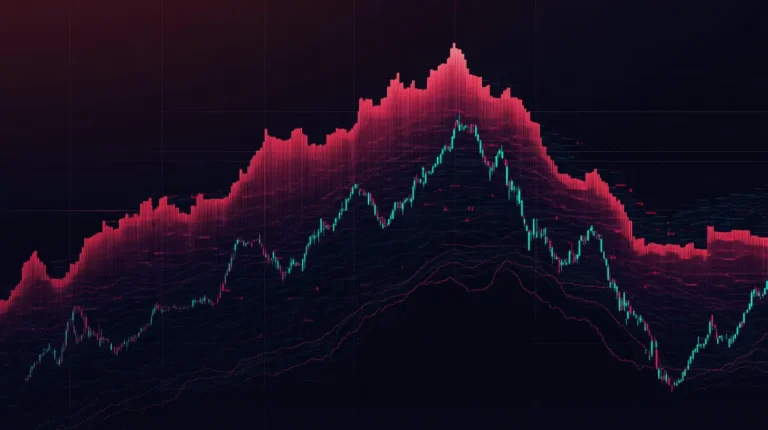Analysts predict another strong quarter for Nvidia (NASDAQ: NVDA), with Nvidia earnings forecast expected to meet or exceed market expectations. The company continues to benefit from surging demand for AI-driven computing, particularly in the data center segment, which is projected to generate approximately $38.5-$39 billion in revenue. Nvidia’s total revenue is estimated to reach $42.5-$43 billion for the quarter.
Nvidia’s Blackwell compute boards remain a key driver of growth, with shipments accelerating ahead of schedule. Analysts believe the supply chain is efficiently managing the shift between Blackwell compute board shipments and OEM/ODM Blackwell GB200 rack deliveries. Customers are reportedly opting for the more accessible Blackwell SKUs, such as the B200 on the air-cooled HGX platform, rather than waiting for GB200 rack power issues to be resolved.
Industry projections estimate Blackwell-related revenue for fiscal Q4 at around $9 billion, with the figure expected to more than double in the first fiscal quarter to exceed $20 billion. This surge equates to approximately 700,000 units shipped, with continued demand from cloud service providers and hyperscale customers fueling further growth. Nvidia is expected to maintain early shipments of compute boards before a significant rise in GB200 rack shipments beginning in March.
Nvidia’s stock has surged over 200% in the past year, driven by the AI boom. Analysts maintain a bullish outlook, Nvidia Earnings Forecast total revenue to reach $234 billion in 2025, with earnings per share potentially rising from $5.33 to $6.25 by 2026. Market optimism remains strong, with a reiterated Buy rating and a price target of $185 per share, supported by robust AI computing demand, an expanding software ecosystem, and Nvidia’s dominance in the AI supply chain.
Investors are closely watching Nvidia’s upcoming earnings release to see if the company can once again exceed expectations and sustain its upward trajectory in both revenue and stock performance. As AI adoption continues to accelerate, Nvidia remains well-positioned to capitalize on the growing market, despite potential supply chain and macroeconomic challenges.

